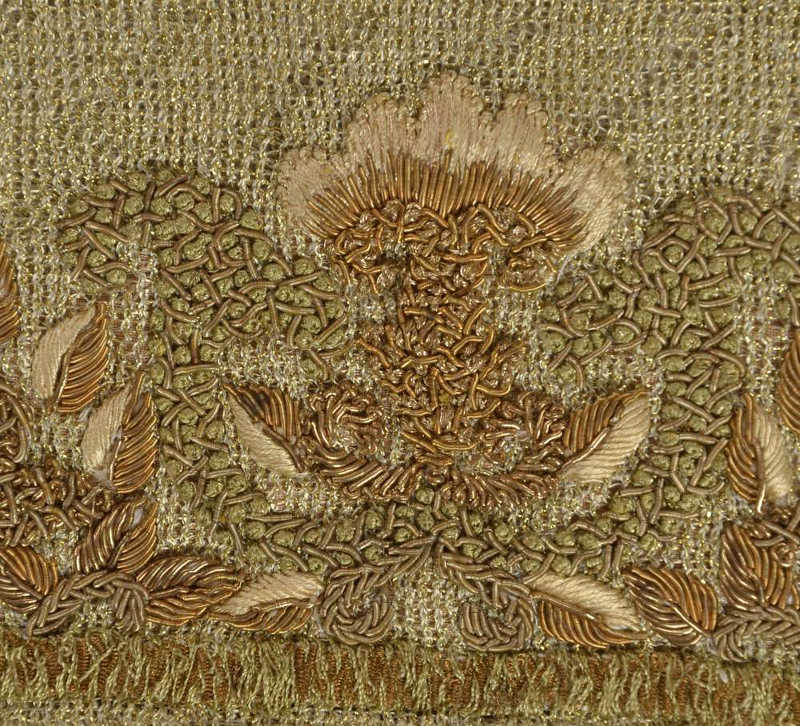===
0452,
2
===

=== |
 |
.saut : 'Sound, noise, voice, cry, clamour, shout, exclamation; calling for help, shriek of distress'. (Platts p.747)
be-kasii : 'Forlorn state, friendlessness, destitution'. (Platts p.204)
FWP:
SETS
MOTIFS == DESERT
NAMES
TERMS == REPLY; THEMEFurther discussion of yak constructions can be found in
G{11,1}.
More examples from Mir: {1056,6}; {1079,6}; {1845,8}, presented by SRF above.
Putting the yak bayaabaa;N at the beginning of the first line gives it time to permeate our sense of the verse; then the be-kasii-o-tanhaa))ii is withheld until the last possible moment. These two elements are really part of the same construction, tightly bound together; it's very unusual for them to be separated. Inserting the 'clamor of a bell' in between them is awkward and even disquieting; it gives the simile extra power, and invites us to pay it some serious attention.
The .saut-e jaras can be something neutral, the 'sound, noise' of a bell, or it can be something quite terrifying, a 'call for help' or 'shriek of distress' (see the definition above). By going for 'clamor', I've tried to split the difference. But the ambiguity is extremely effective. The way a whole desert might ring with the sound of a distant, invisible bell, the speaker's whole self rings (echoes?) with forlornness and solitude.
There's a lovely bit of extra wordplay in the fact that in Persian barang means (among other things) 'a bell' (Steingass p.180). For clarity I have written 'with color' in the long form bah rang , but the short conjoined form for it, barang , would actually be more common.
Moreover, a bell is proverbially the mark of a caravan; a bell is rung loudly when the caravan is preparing to move on, to alert everyone and to warn any stragglers of the danger of being left behind. The sound of a bell heard from a long distance (throughout the desert) evokes both the presence of other people, and their loss. For the speaker will never be able to find or join the caravan whose bell resounds in his mind as the essence of his own 'forlornness and solitude'.